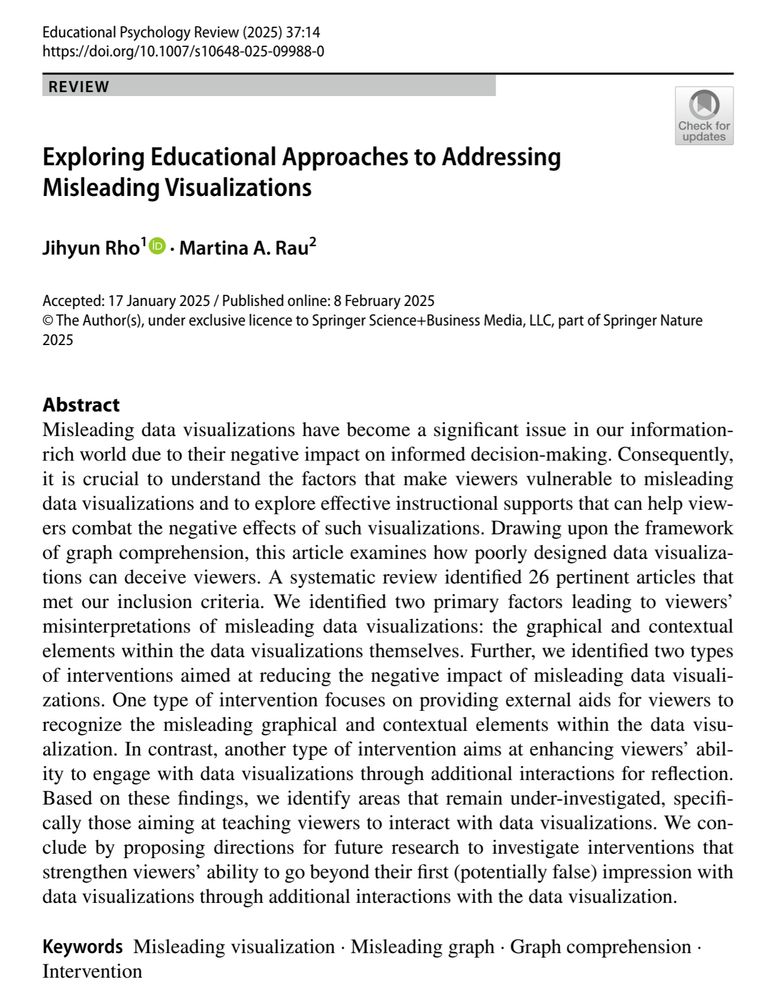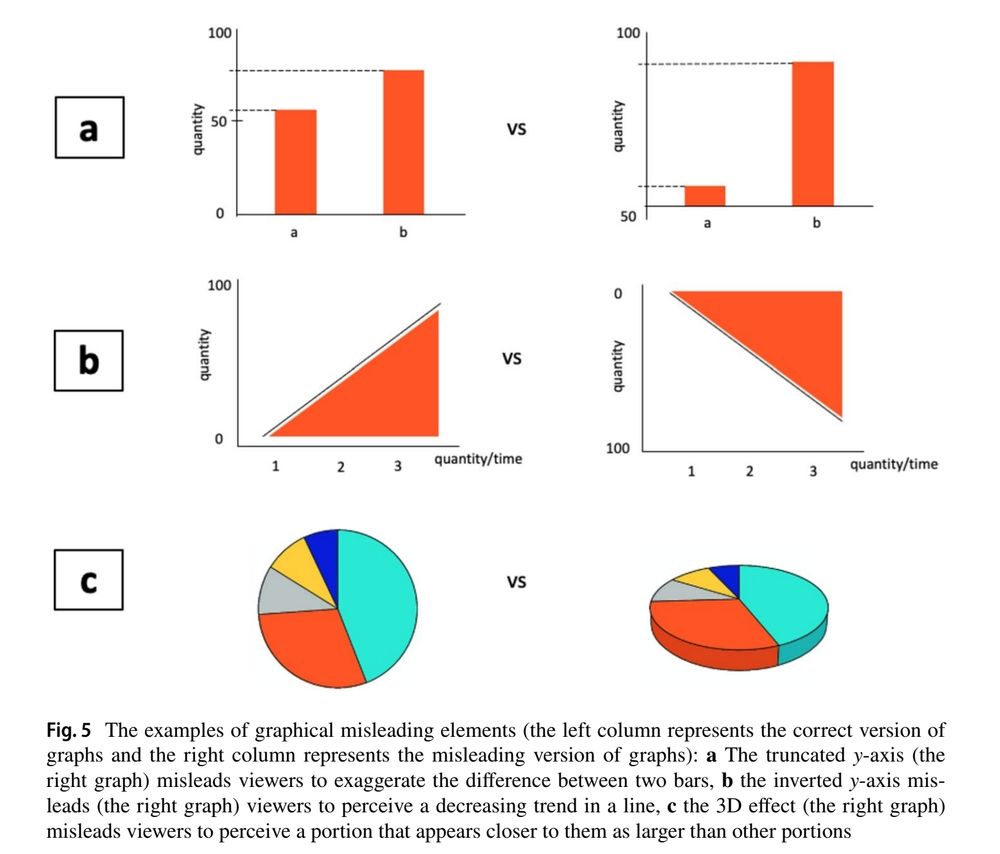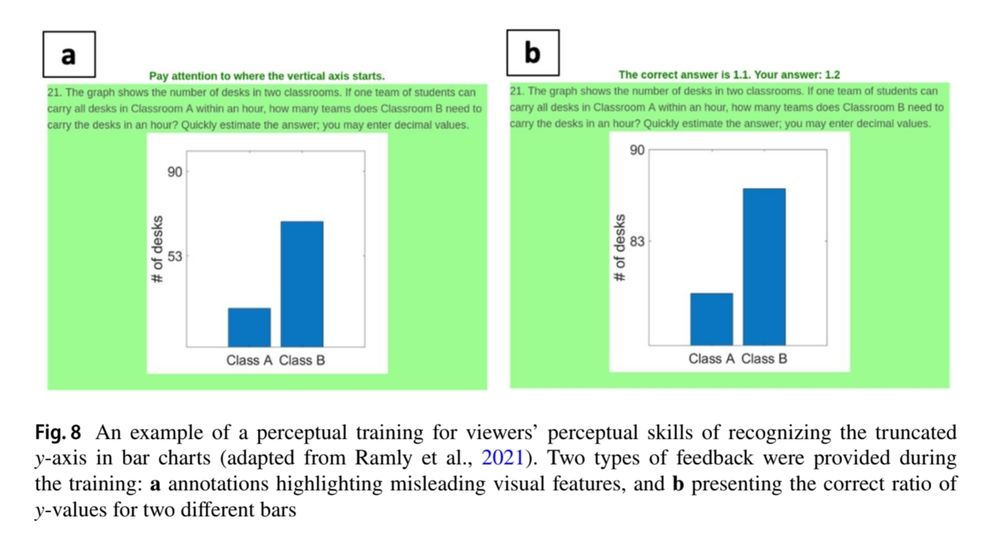I raise the ai in bicep since the s is tacked on to the next syllable, leaving "bi" as open... perhaps your ai in bicycle is raised because you sorta want to say "bike"?
03.12.2025 17:46 — 👍 0 🔁 0 💬 0 📌 0
Check your email :)
11.11.2025 22:23 — 👍 1 🔁 0 💬 0 📌 0
More info on the study available here!
sites.google.com/umn.edu/list...
including: summary of the results, why we chose to analyze Taylor Swift, the scientific and social value, how you can make your own measurements, and the greater context of what our lab does
23.09.2025 17:40 — 👍 2 🔁 0 💬 0 📌 1

cartoon showing a speech sound being used for acoustic analysis to show changes in vowel articulation in different cities
Taylor Swift changed her accent when living in different cities. Miski Mohamed and I analyzed the acoustics of her vowel articulation, showing key features of Southern accent during Taylor’s time in Nashville, and lowered voice pitch during her time in New York City
pubs.aip.org/asa/jasa/art...
23.09.2025 17:40 — 👍 12 🔁 1 💬 2 📌 0

Using Ant-Man’s voice as a lesson on voice acoustics and vocal tract length
www.youtube.com/watch?v=m0qx...
01.09.2025 19:47 — 👍 1 🔁 0 💬 0 📌 0

an illustration of speech displayed as a waveform (top) and a spectrogram (bottom). The original speech is on the left, and it is transformed into three different kinds of vocoded speech to the right (sinewave carriers, noise-band carriers, and harmonic-complex carriers)
Want to vocode speech? You can use our paper and code! This is a technique used to control spectral resolution and other factors that are important for understanding cochlear implants
github.com/ListenLab/Vo...
pubs.aip.org/asa/jasa/art...
20.08.2025 16:28 — 👍 12 🔁 2 💬 0 📌 0
Few people know that one of the many times I asked you for coding help, you pointed your finger to the sky like a superhero about to take flight, and exclaimed "to the source code!"
06.08.2025 18:26 — 👍 1 🔁 0 💬 0 📌 0
citation: Greenwood, D. (1990). "A cochlear frequency-position function for several species – 29 years later". Journal of the Acoustical Society of America. 87 (6): 2592–2605.
substitute continuous vs. log10 scaling for the axis in the code as you please!
15.07.2025 16:24 — 👍 1 🔁 0 💬 0 📌 0
ggplot(data.frame(pos = seq(0,32,1)))+
aes(x = pos, y = mm2freq(pos))+
geom_point()+
scale_x_continuous(breaks = seq(0,32,4),
name = "Basilar membrane position (mm from apex)")+
scale_y_log10(
name = "Frequency (Hz)",
breaks = round(500*2^(seq(-5,5,1))))
15.07.2025 16:24 — 👍 0 🔁 0 💬 1 📌 0
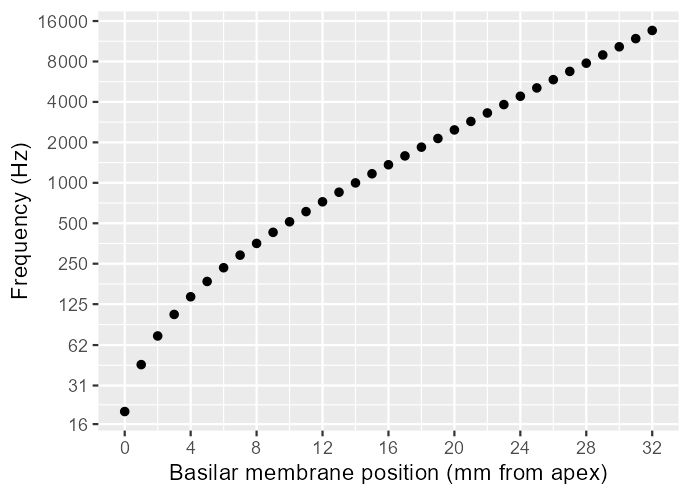
a graph showing basilar membrane position (in terms of millimeter distance from the apex) on the x axis, ranging from 0 to 32, and sound frequency log-scaled on the y axis ranging from 31 to 16000
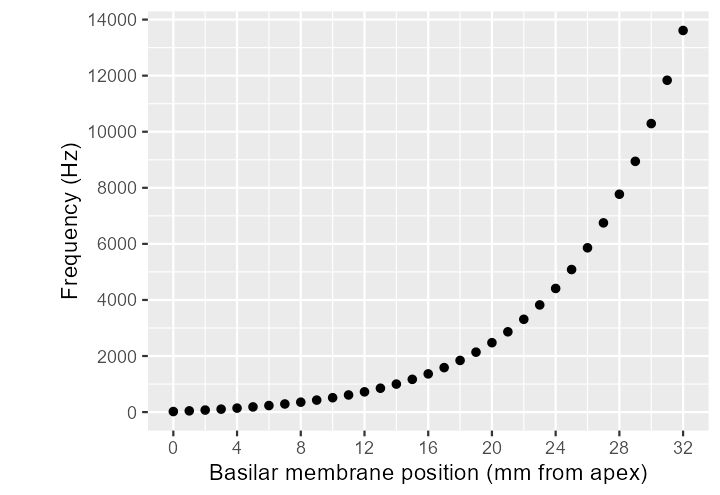
a graph showing basilar membrane position (in terms of millimeter distance from the apex) on the x axis, ranging from 0 to 32, and sound frequency linearly-scaled on the y axis ranging from 31 to 16000
or, in reverse, find the frequency that lives on a specific spot on the basilar membrane
mm2freq <- function(position=NULL, A = 165.4, a = 2.1, length = 35, k = 0.88){
return(A*((10^((a*position)/length))-k))}
15.07.2025 16:24 — 👍 0 🔁 0 💬 1 📌 0
ggplot(data.frame(freq=10^(seq(1.4,4.3,0.1))))+
aes(x = freq, y = freq2mm(freq))+
geom_point()+
scale_y_continuous(breaks=seq(0,32,4),
name = "Basilar membrane position (mm from apex)")+
scale_x_log10(
name = "Frequency (Hz)",
breaks = round(500*2^(seq(-5,5,1))))
15.07.2025 16:24 — 👍 0 🔁 0 💬 1 📌 0
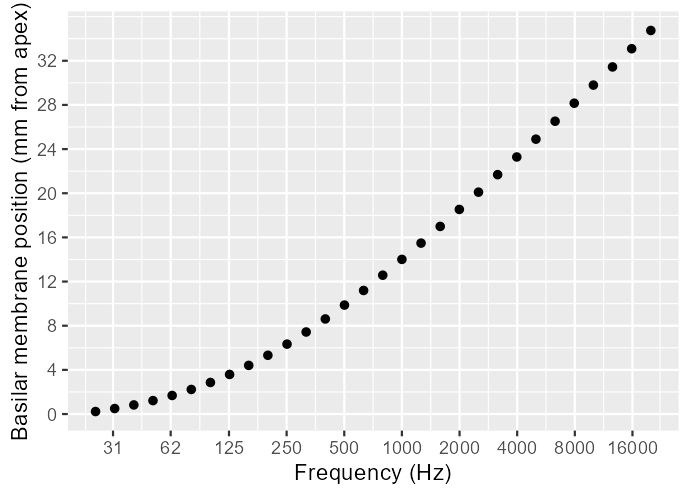
a graph showing sound frequency log-scaled on the x axis ranging from 31 to 16000, and basilar membrane position (in terms of millimeter distance from the apex) on the y axis, ranging from 0 to 32
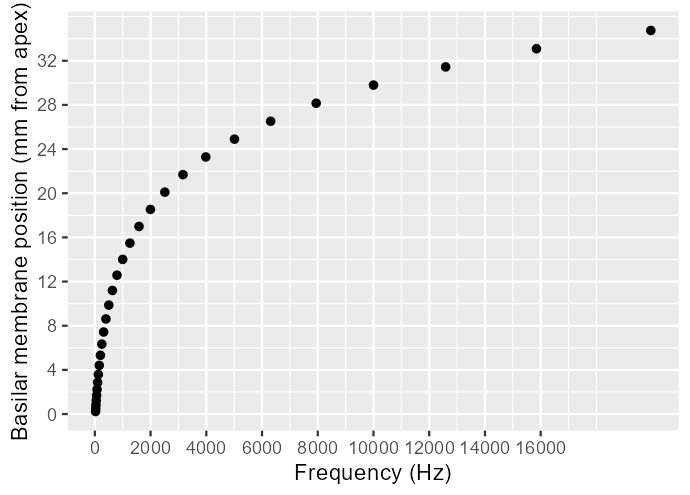
a graph showing sound frequency linearly-scaled on the x axis ranging from 31 to 16000, and basilar membrane position (in terms of millimeter distance from the apex) on the y axis, ranging from 0 to 32
use R to pinpoint where a sound frequency falls on the basilar membrane in the cochlea
freq2mm <- function(freq=NULL, A = 165.4, a = 2.1, length = 35, k = 0.88){
return(log10((freq/A)+k)*length/a)}
15.07.2025 16:24 — 👍 4 🔁 1 💬 1 📌 0

need more real-life examples like this to demonstrate audio concepts
14.07.2025 22:26 — 👍 4 🔁 0 💬 0 📌 0

with geom_box(), every plot is a box plot
09.07.2025 16:39 — 👍 5 🔁 0 💬 0 📌 0
Look, I love these sites & I get how politics works & why they're doing it, but every single one makes exactly the same error universities have been making for years:
Research DOES NOT JUST MEAN STEM.
Look around. If you think we also don't need social science & humanities research, look harder.
17.04.2025 19:07 — 👍 548 🔁 132 💬 13 📌 13
then we climb up the vowel space and land on ʊ where it belongs!
31.12.2024 15:00 — 👍 2 🔁 0 💬 1 📌 0
Wooder is definitely caught when I'm outside the Philly region
Must... retain ... rounding!
31.12.2024 02:41 — 👍 1 🔁 0 💬 1 📌 0
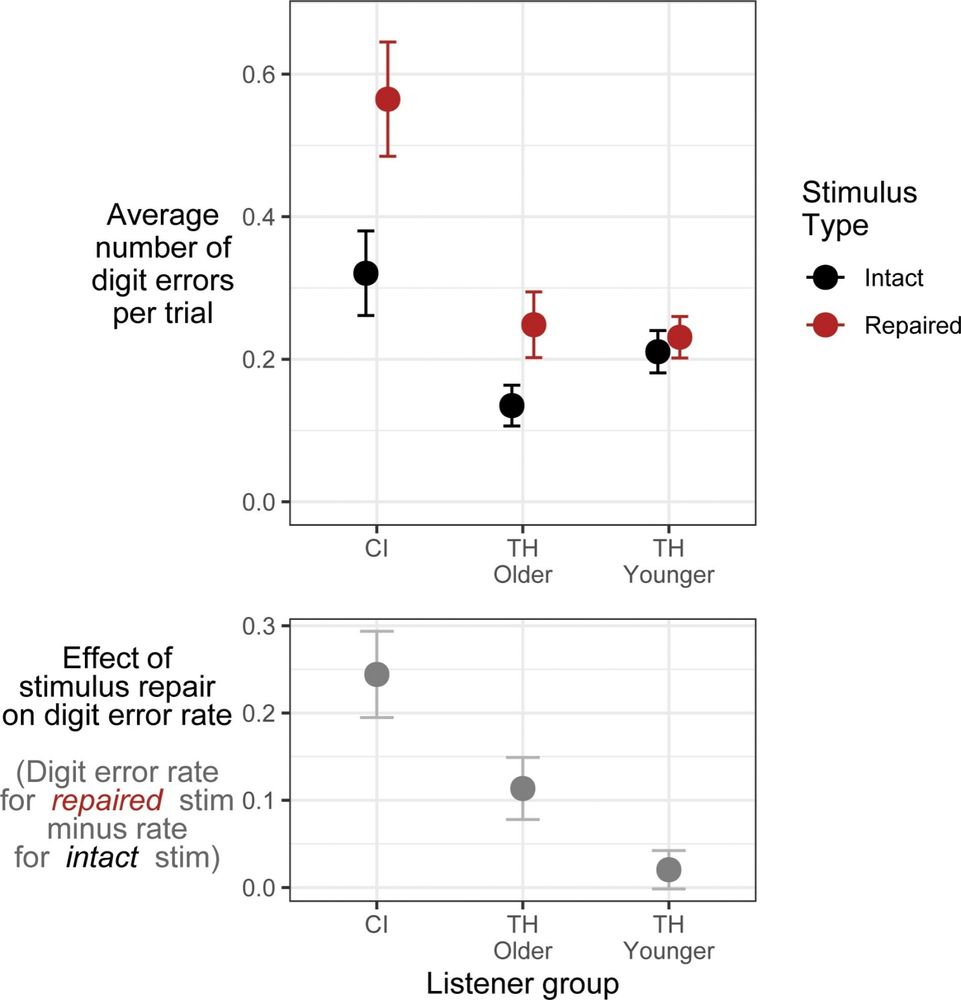
(2/2)... people with cochlear implants show more carryover effort from one utterance to the next, which would impair flowing conversation. Importantly, the amount of carryover effort was not predictable just based on the listener’s percent-correct score!
19.06.2024 20:16 — 👍 0 🔁 0 💬 0 📌 0
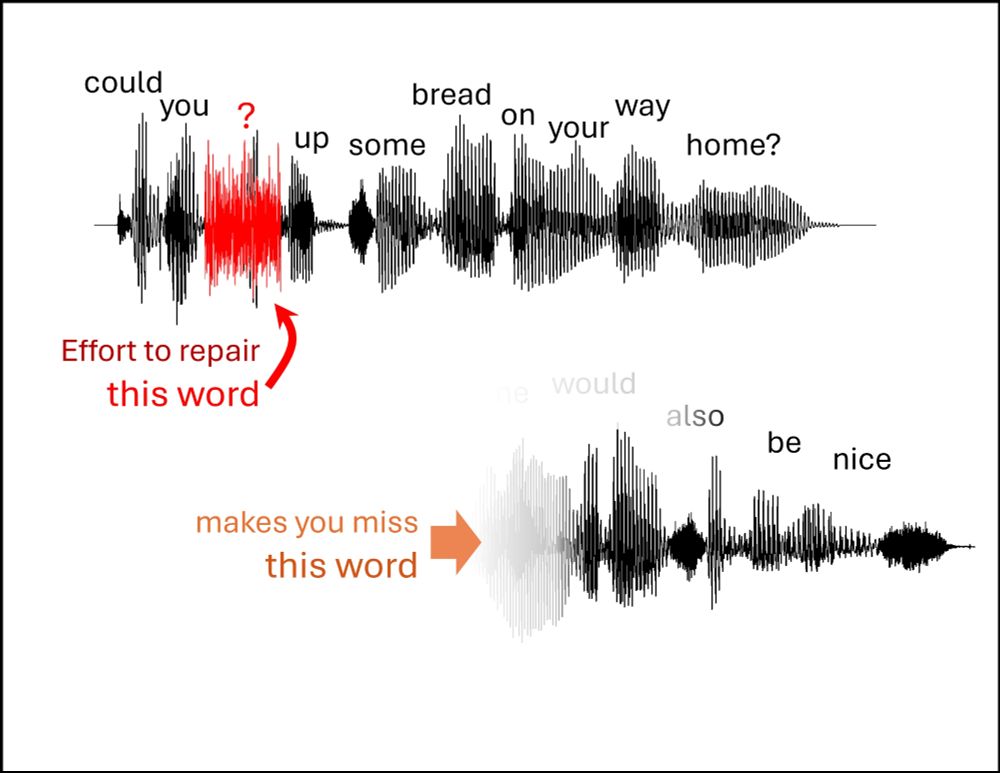
Mentally fixing a word that you missed can lead to missing the next thing the talker says. This is a common problem for people who have hearing loss, but is ignored by audiological testing. Check out our new open-access paper on this topic here!
journals.lww.com/ear-hearing/...
19.06.2024 20:13 — 👍 8 🔁 1 💬 1 📌 0
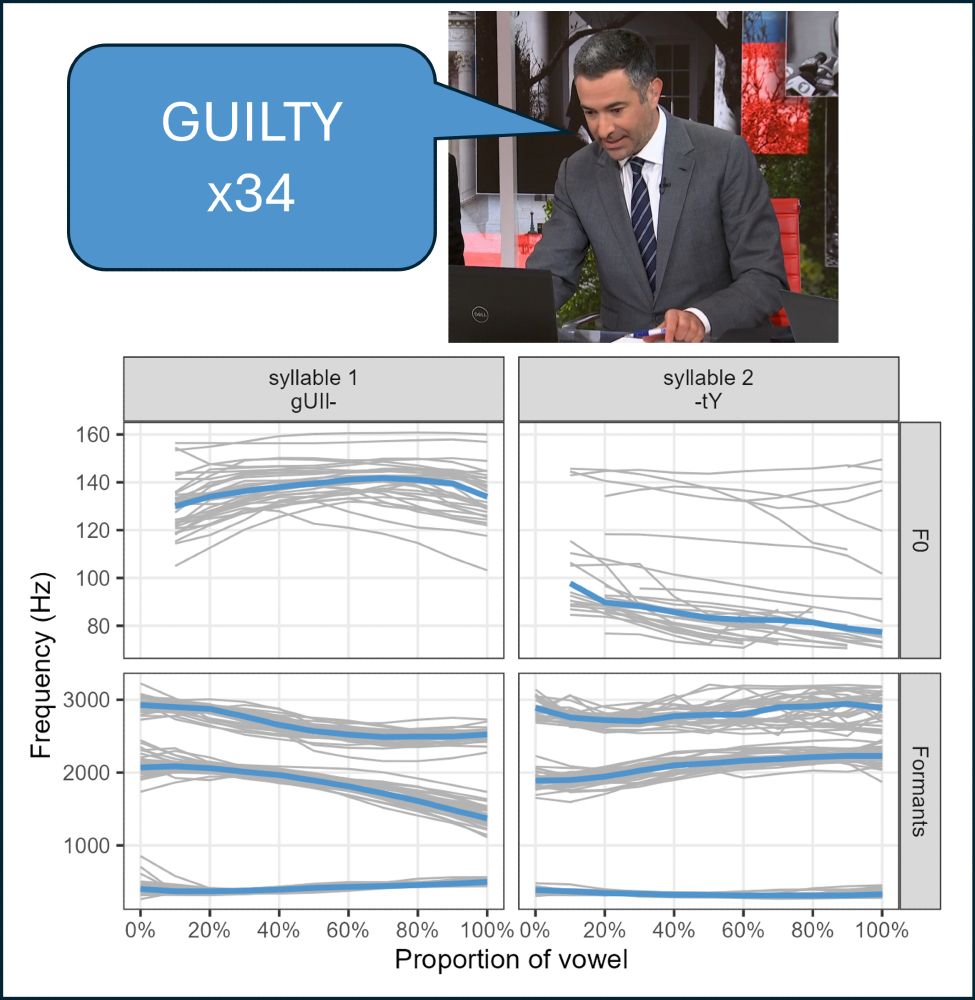
chart showing measurements of fundamental frequency (pitch) and formant values for 34 iterations of the word "guilty" spoken by Ari Melber when reading the verdict
When a talker repeats the same vowel sequence 34 times in quick succession, a good phonetician simply can’t let that opportunity pass.
I present to you: the definitive acoustic analysis of Ari Melber's pronunciation of "guilty"
31.05.2024 05:57 — 👍 138 🔁 45 💬 3 📌 3

Academic mentorship is a skill that has to be practiced intentionally - it doesn't just happen automatically. Auditory friends, come join us in this chat on how to be a good mentor
23.05.2024 02:16 — 👍 2 🔁 0 💬 0 📌 0
My preferred guiding principle is to make it clear what your scientific identity is. Very often a person thinks their job is to be good at lots of things, but they are more rewarded for clearly being THE go-to person for a specialty.
08.05.2024 01:24 — 👍 1 🔁 0 💬 0 📌 0
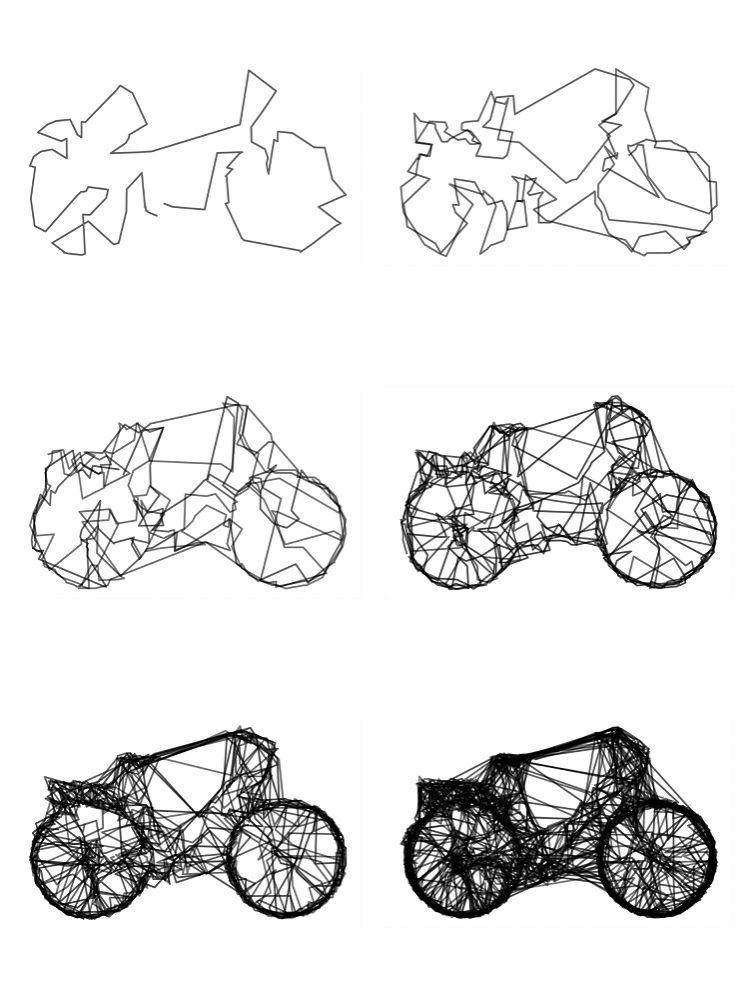

Need plot
Need bike plot
Need bike plots
Need to build bike plots line by line
27.03.2024 03:56 — 👍 2 🔁 0 💬 0 📌 0
you found that two groups of children have different means on X, not that X can distinguish between two groups of children. keep it clear and boring.
21.03.2024 20:52 — 👍 8 🔁 1 💬 0 📌 0
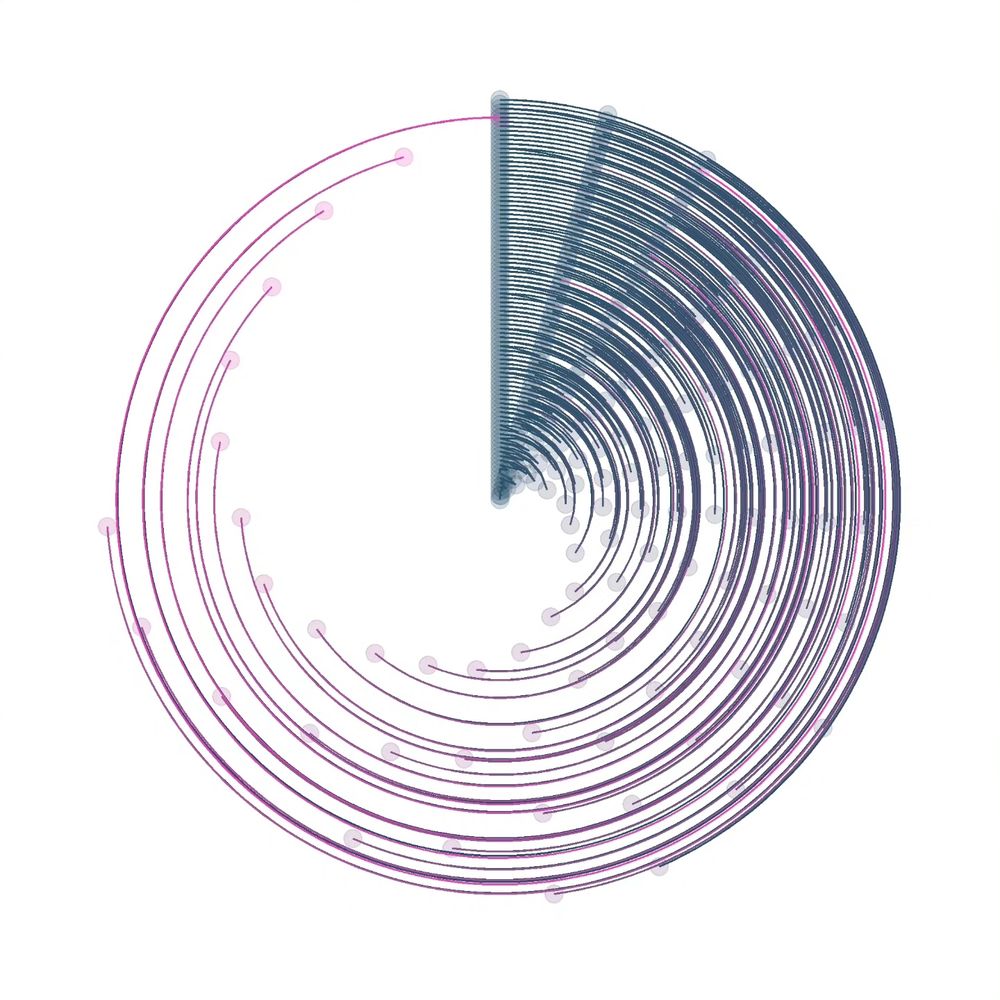
Need more plots, all the time
20.03.2024 03:53 — 👍 2 🔁 0 💬 0 📌 0
this one is super well done, by @willngiam.bsky.social :
williamngiam.github.io/blog/my_peer...
13.10.2023 22:52 — 👍 5 🔁 1 💬 0 📌 0
Eye-tracking, Pupillometry, Word nerd, Learning and Memory, Language, R, Stats, Quant, Director Human Neuroscience Lab @bostoncollege www.drjasongeller.com
Linguaphile, data nerd, 🧠 geek. Subrident problem solving and forays into affective neurolinguistics. 🏃♀️
(Palaeo)[ecologist | limnologist] & #fakeStatistican, #rstats user, wielder of #GAMs. He/him/his. Opinions mine…
Sociolinguist, novelist, photographer, quilter, saxophonist and Boglehead. Associate Professor of Linguistics at UMich.
Neuroscientist, educator, author of SO YOU WANT TO BE A NEUROSCIENTIST? (Columbia, 2020) & MIND OVER MATTER (Princeton TBD) // professor at ucsd // co-host of www.changetechnically.fyi with @grimalkina // www.ashleyjuavinett.com
Generative artist based in Charleston, SC. My art captures the beauty, turbulence, and horror of our times. https://vadenart.com
Cognitive scientist, linguist, phonetician at the University of Zurich Dept. of Computational Linguistics
Correspondent on the Daily Show. Standup Comic & Emmy-nominated writer. Listen to the Josh Johnson Show podcast on Spotify + Apple
https://linktr.ee/joshjohnsoncomedy
Visiting prof at Carleton College, open science and Phillies/baseball enthusiast
Professor of Psychology, University of Minnesota. Sporadically writing stuff at http://getsyeducated.substack.com
Professor of Psychology at Carleton College. Speech, cognition, measurement, open science! Book carver. Podcast: Juice and the Squeeze. she/her. http://juliastrand.com
Discover more from ASHA's high-impact research journals: AJA, AJSLP, JSLHR, and LSHSS, all continuously published on the ASHAWire platform: pubs.asha.org
#bskySPEECHIES #SLPeeps #AUDPeeps
i’m a linguist. he/him https://jofrhwld.github.io/
Research Assistant Professor at the University of Minnesota
linguist, discourse/pragmatics
podcaster liberalcurrents.com/halftheanswer/
author & associate editor at liberalcurrents.com
singer with the Wild Lilacs
https://www.instagram.com/thewildlilacs?igsh=MXJqOXZ6NHpoOXRrYg==
she/they
substantively unserious
Freelance journalist. Formerly: EIC at Jezebel, politics columnist at The Cut, senior reporter at HuffPost. Brooklyn via South Louisiana 🐊
Assistant professor at Georgia State University, formerly at BYU. 6 kids. Study NGOs, human rights, #PublicPolicy, #Nonprofits, #Dataviz, #CausalInference.
#rstats forever.
andrewheiss.com
Signal: andrewheiss.01
Clinical Research Specialist at UNC Charlotte’s Violence Prevention Center • Research Fellow @ the Kinsey Institute • Gender, sexuality, and body image research • Perpetual optimist • Crossword puzzle and Mamma Mia enthusiast • She/her/hers











